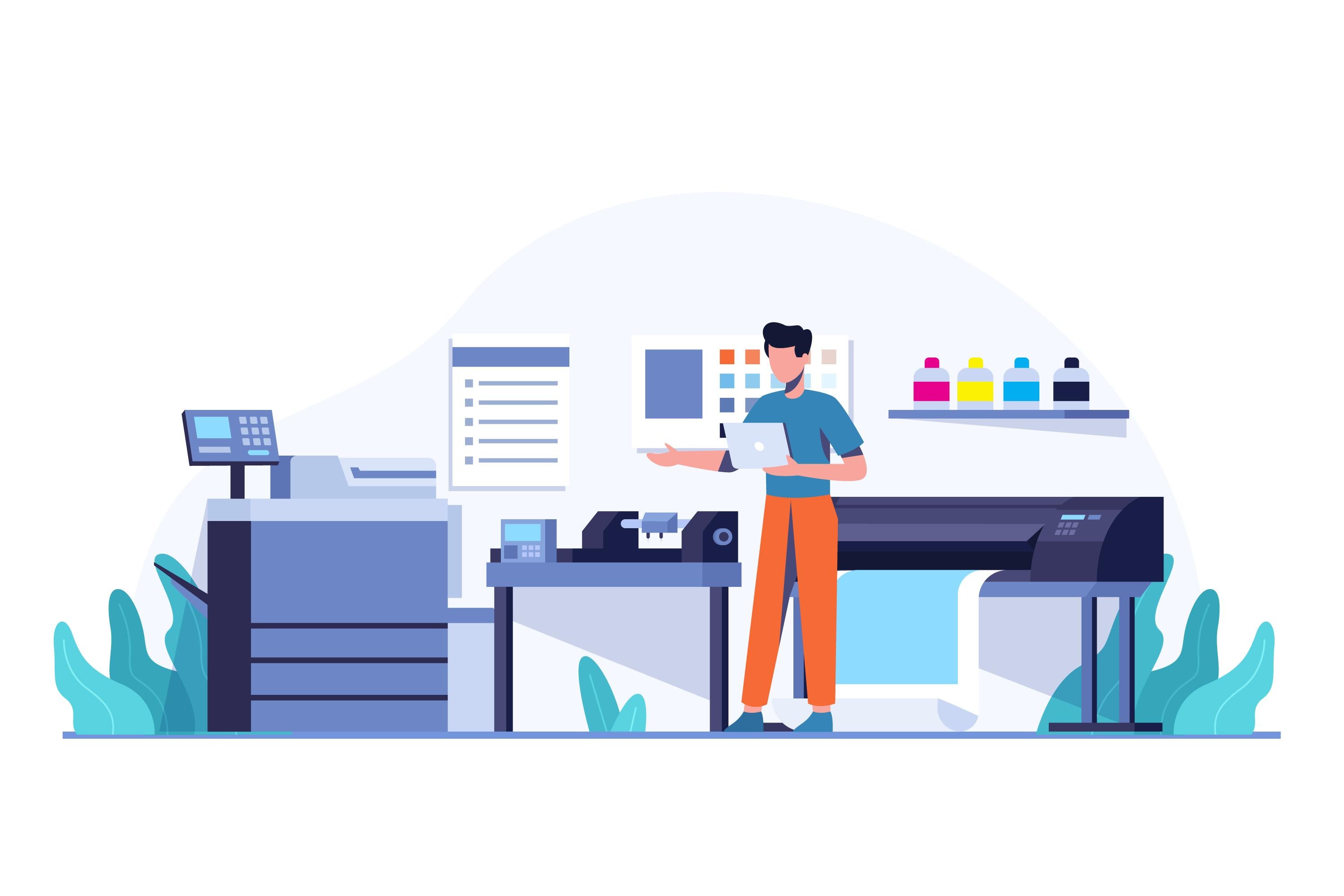Vehicle and wall wraps have emerged as a significant marketing tool in recent years, providing businesses with a unique opportunity to enhance brand visibility and engage with their target audience. These wraps are essentially large vinyl graphics that can be applied to vehicles or walls, transforming them into mobile or static advertising platforms.
According to industry studies, vehicle wraps can increase brand recognition by up to 97%. This statistic underscores the effectiveness of utilizing vehicles as a canvas for advertising, as they can reach a wide audience while on the move. The average vehicle wrap can generate between 30,000 to 70,000 impressions per day, depending on the location and frequency of use.
Wall wraps, on the other hand, serve as an effective means of branding within physical spaces. They can be used in retail environments, offices, or public spaces to create an immersive experience for customers. Research indicates that wall graphics can increase customer dwell time by approximately 30%, thereby enhancing the likelihood of purchase decisions.
The materials used in vehicle and wall wraps are crucial for their effectiveness and longevity. High-quality vinyl is typically employed, which is designed to withstand various environmental conditions, including UV exposure, moisture, and temperature fluctuations. This durability ensures that the graphics maintain their vibrancy and integrity over time, reducing the need for frequent replacements.
Installation of wraps requires precision and expertise. Professional installers utilize specialized tools and techniques to ensure that the graphics adhere properly and are free from bubbles or wrinkles. The installation process can vary in duration, typically ranging from a few hours to a full day, depending on the complexity of the design and the size of the surface area being covered.
Moreover, the design aspect of vehicle and wall wraps is paramount. Effective designs should incorporate brand colors, logos, and messaging that resonate with the target audience. Studies suggest that designs that are visually appealing and easy to read can significantly enhance the effectiveness of the wrap, leading to higher engagement rates.

